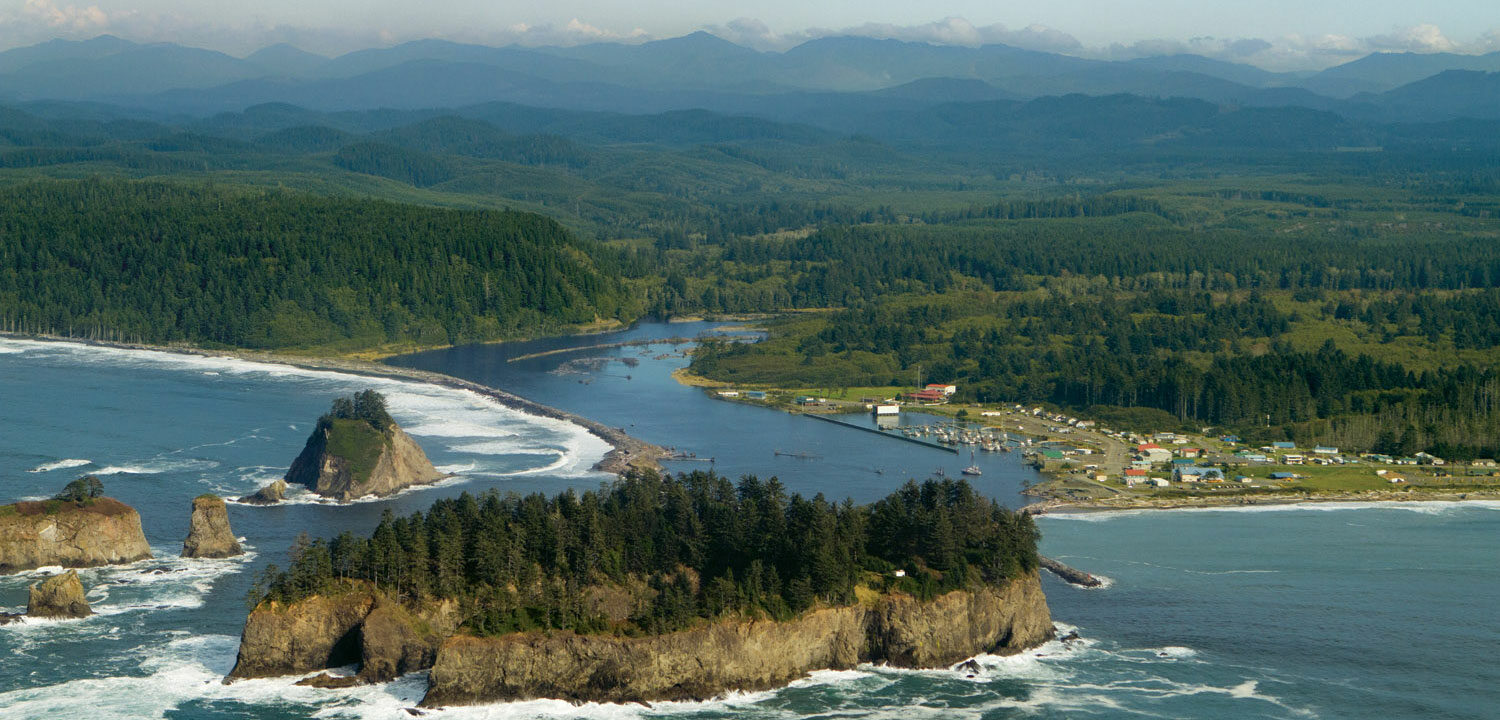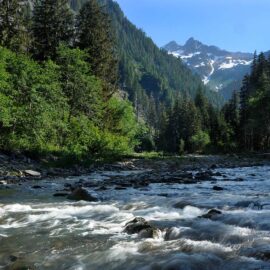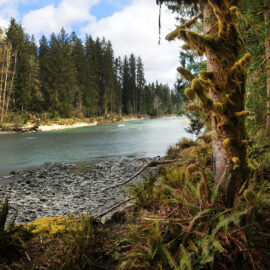First major conservation plan for Washington coast adopted by Governor’s Salmon Recovery Office.
Last fall, the Washington State Governor’s Salmon Recovery Office adopted the first wild salmon and watershed conservation plan the Washington’s coast. The plan, which will be in place for 30 years, is the first community-driven salmon plan that is designed to anticipate long-term threats and help prevent future listings of salmon and steelhead under the Endangered Species Act.
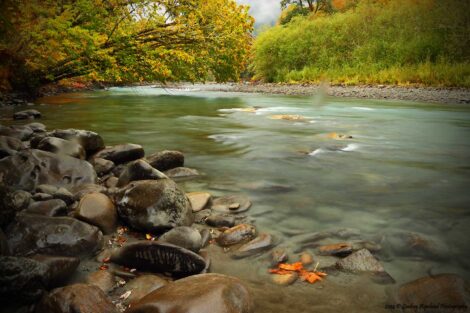
Washington’s Olympic Peninsula and coastal rivers provide an important conservation opportunity. Spanning 3.8 million acres and encompassing roughly 150 major rivers and streams (including the second and third largest estuaries in the state), Washington’s coastal rivers produce some of the state’s most abundant and diverse wild Pacific salmon populations remaining south of Canada. Rivers such as the Hoh, Queets and Quillayute are rich in winter coho, sockeye and world-famous steelhead. Coastal rivers provide critical habitat for all seven species of wild Pacific salmon, native char, as well as a large number of migratory birds. Moreover, the region has a low human population, minimal urban development, and a significant portion of the Olympic Peninsula lies on Federal land where rivers are largely protected and free-flowing.
In the past, restoration efforts in Washington State have focused on endangered species and degraded habitat. What was needed was a common vision directed toward the conservation of wild salmon and the political, technical, and financial capacity to safeguard the region’s salmon ecosystems.
To help address this shortcoming, WSC worked with local communities to facilitate the establishment of the Washington Coast Sustainable Salmon Partnership (WCSSP) in 2008.
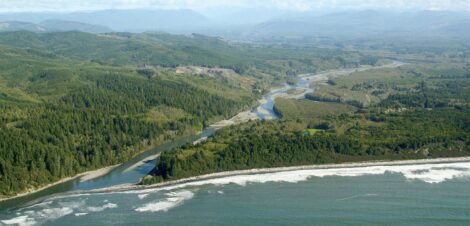
WCSSP brings together watershed councils, scientists, fisheries managers, tribes, and landowners with a shared goal of developing a regional salmon plan that includes protection of salmon habitat and addresses systemic issues that affect wild salmon, such as harmful hatchery practices, overharvest, damage to habitat from roads, levees, dikes and poorly managed culverts, and climate change.
After five years of committed effort from WCSSP and partners, the Governor’s Salmon Recovery Office officially adopted the regional salmon plan in the fall of 2013. The approved plan spans 30 years and includes a detailed three-year implementation plan to kick-start conservation work in 2014. Near-term projects include land acquisitions, fish barrier removals, reconnecting tidal and wetland areas, removing invasive species, and advocating for state policies that provide special protections for shorelines and wild salmon populations. In the coming years, WSC staff and other technical experts will partner with citizen committees to prioritize strategies grounded in science that are feasible and have community support.
What the Plan will mean for wild salmon:
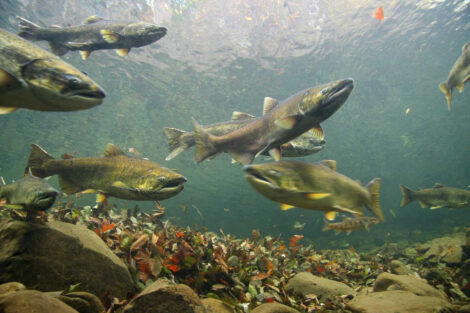
- The first voluntary salmon conservation plan that acts to proactively protect salmon strongholds and help prevent further Endangered Species Act (ESA) listings for Washington’s coastal salmon.
- A plan that covers salmon at every stage of their life cycle, from headlands to tidelands to the open ocean.
- The first plan that addresses larger systemic issues such as climate change, loss of habitat, hatcheries, overharvest, and water management.
- The plan calls for the creation of Wild Salmonid Management Zones where wild salmon are given management priority.
